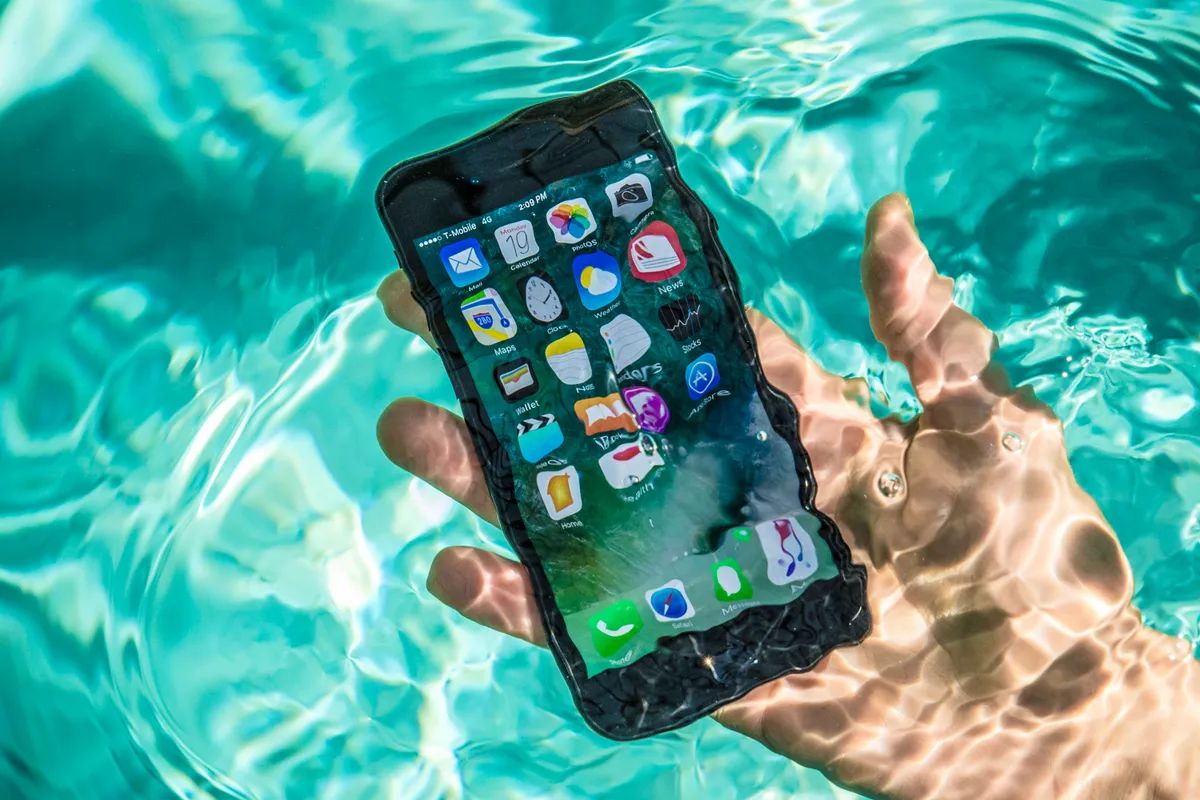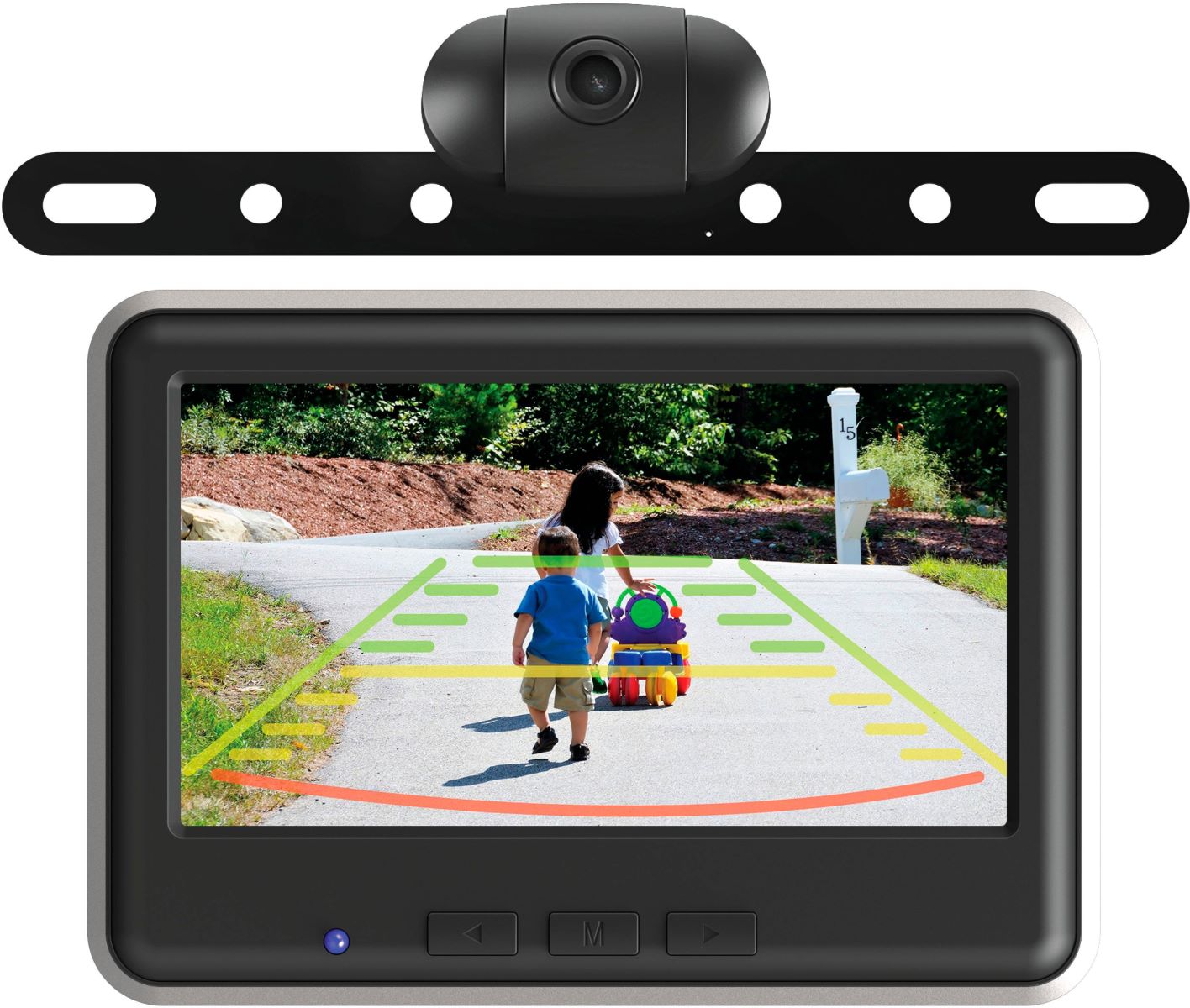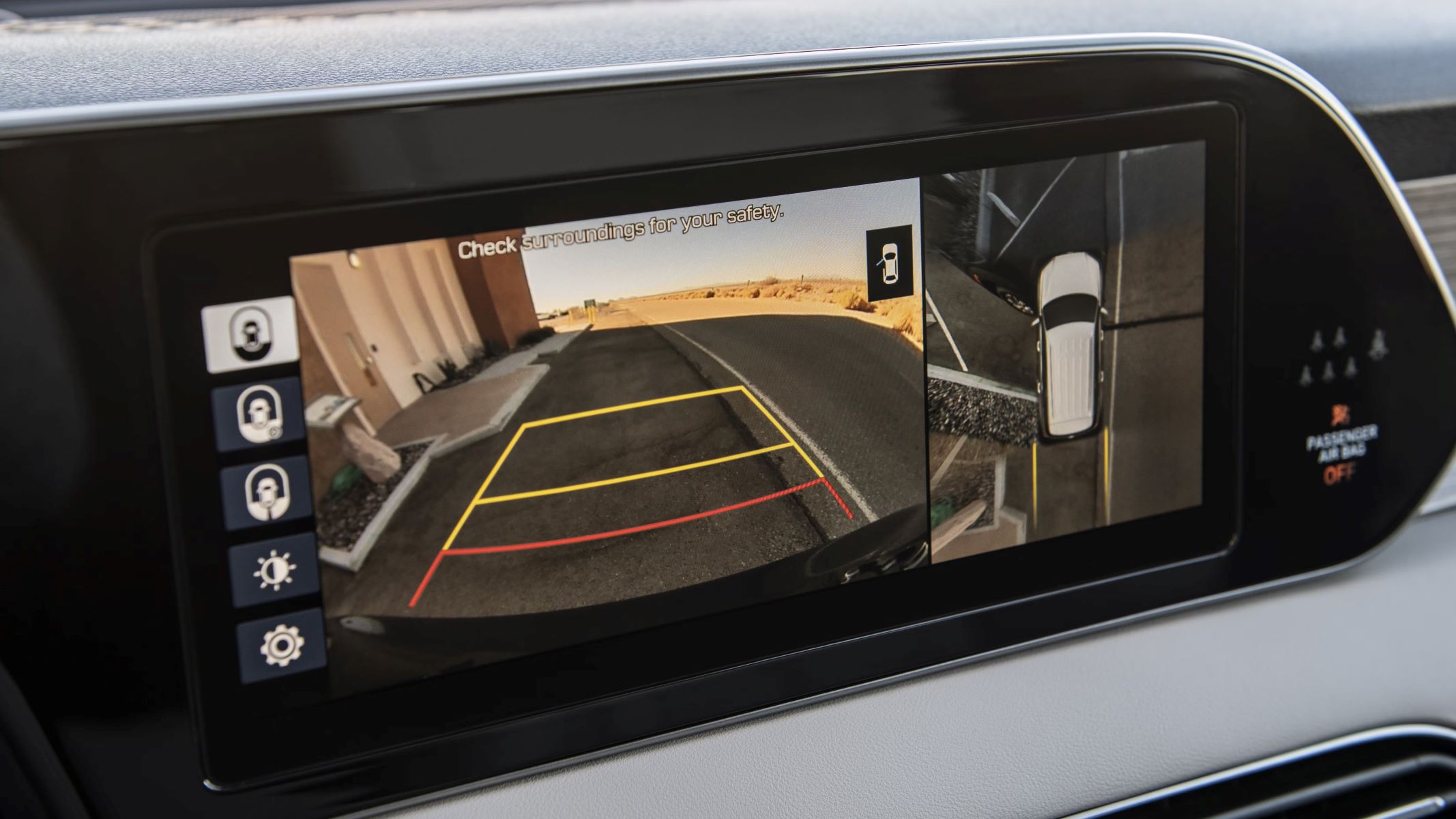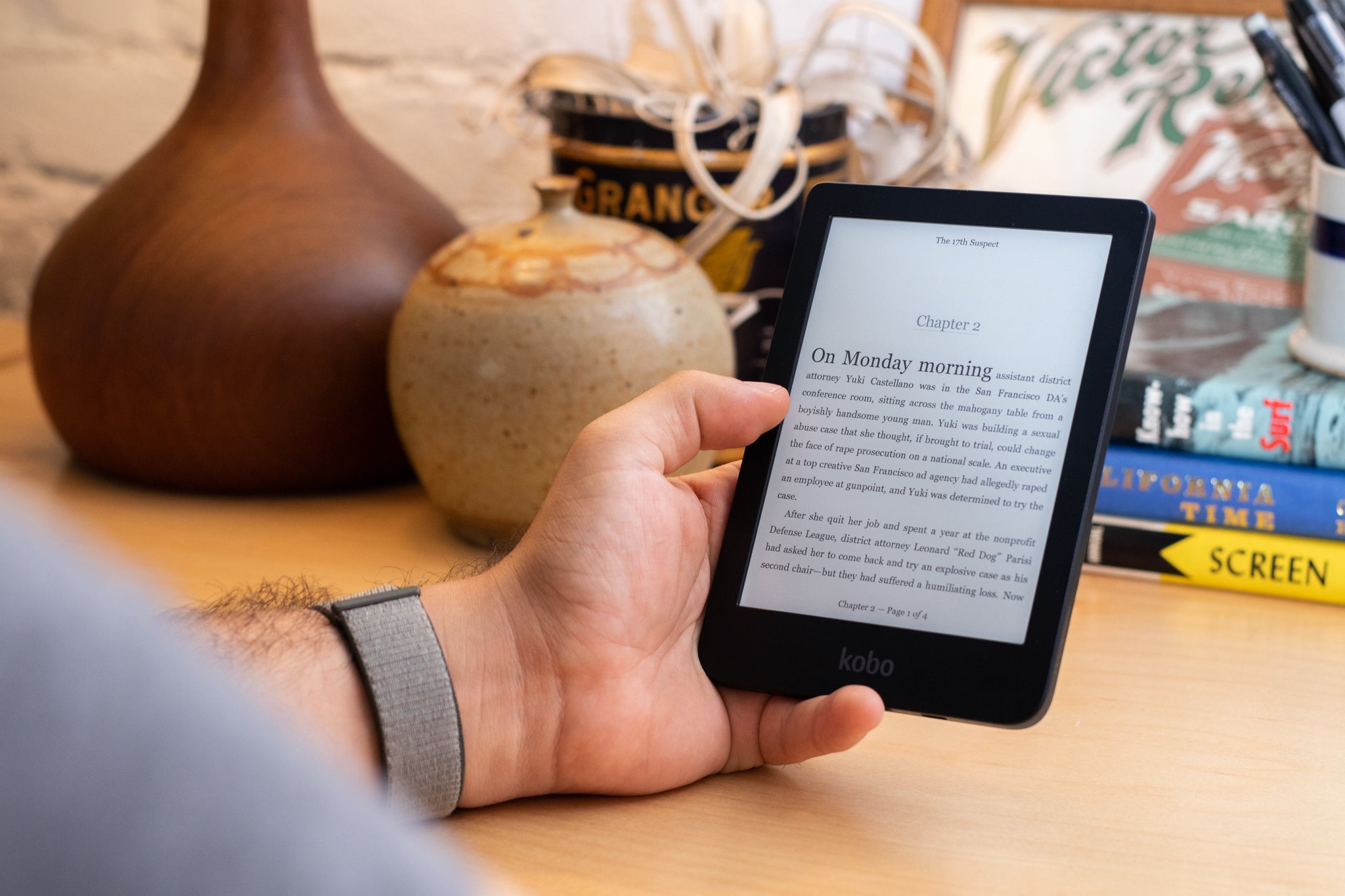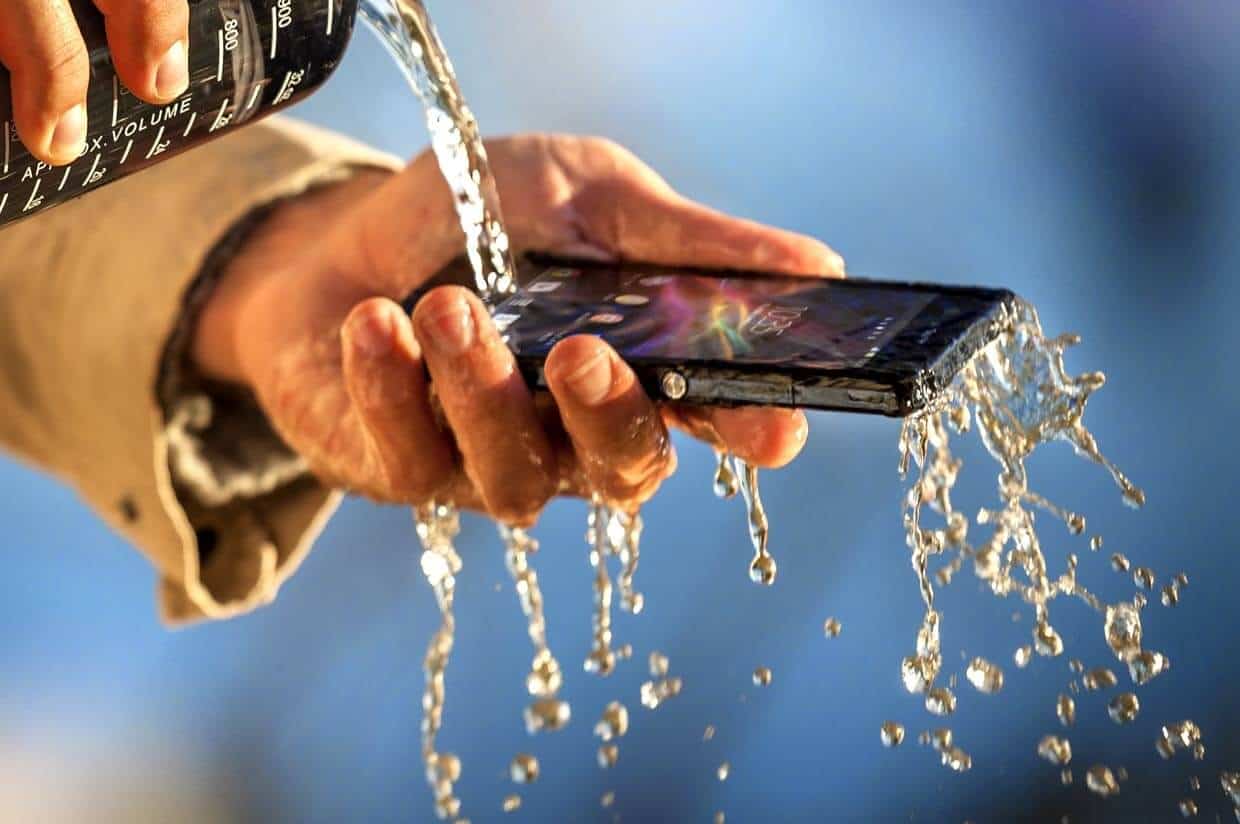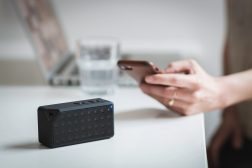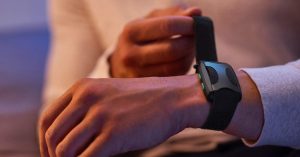Introduction
In today's fast-paced world, where technology plays an integral role in our daily lives, the demand for durable and reliable gadgets has surged exponentially. Among these, smartphones have become indispensable tools for communication, productivity, and entertainment. However, the vulnerability of these devices to water damage has long been a concern for users. Whether it's an accidental spill, a sudden downpour, or an unexpected plunge into water, the risk of water-related mishaps has prompted the development of waterproof phones.
The advent of waterproof phones has revolutionized the way we use and perceive these devices. No longer do we have to fret over water exposure, as these resilient gadgets are designed to withstand such challenges. But have you ever wondered about the technology that enables these phones to defy water's damaging effects? How do manufacturers ensure that these devices remain fully functional even after being submerged in water?
In this article, we will delve into the fascinating world of waterproofing technology, exploring the evolution of this innovation, the common techniques employed, and the rigorous testing processes that ensure the reliability of waterproof phones. Additionally, we will peek into the future of waterproofing technology, unveiling the potential advancements that could further elevate the durability and performance of these devices.
Join us on this captivating journey as we unravel the intricate mechanisms and advancements that have transformed smartphones into resilient, water-resistant marvels. Prepare to gain a deeper understanding of the ingenious technology that safeguards our beloved gadgets from one of nature's most formidable elements.
The Importance of Waterproof Phones
In today's dynamic and unpredictable environment, the significance of waterproof phones cannot be overstated. These innovative devices have transcended their conventional role as mere communication tools, evolving into indispensable companions that accompany us through life's myriad adventures. Whether it's capturing breathtaking moments during a spontaneous beach excursion, staying connected amidst a sudden downpour, or simply providing peace of mind in the face of accidental water exposure, the resilience of waterproof phones has redefined the way we interact with technology.
The intrinsic value of waterproof phones becomes strikingly evident in the context of everyday scenarios. Consider the ubiquitous nature of smartphones, which have become extensions of our identities, housing cherished memories, vital information, and serving as the gateway to a vast digital realm. In this context, the vulnerability of conventional phones to water damage poses a significant threat to both the functionality and longevity of these devices. A single encounter with water could potentially render a non-waterproof phone inoperable, leading to data loss, costly repairs, or even the need for a complete replacement.
Moreover, the advent of waterproof phones has engendered a sense of liberation, empowering users to seamlessly integrate their devices into various aspects of their lives without the constant fear of water-related mishaps. Whether engaging in outdoor activities, embarking on travels, or simply navigating the unpredictable nature of daily routines, the assurance of a waterproof phone provides a newfound sense of confidence and security.
Beyond personal convenience, the importance of waterproof phones extends to industries where reliable communication and data access are paramount. From professionals working in challenging environments to emergency responders and outdoor enthusiasts, the ability to rely on a smartphone's functionality, regardless of water exposure, can be a game-changer in critical situations.
In essence, the importance of waterproof phones lies in their ability to transcend the limitations of traditional devices, offering a blend of resilience, functionality, and peace of mind. By seamlessly integrating water-resistant technology into smartphones, manufacturers have elevated the user experience, ensuring that these devices remain steadfast companions in the face of water-related challenges. As we continue to embrace the multifaceted role of smartphones in our lives, the significance of waterproof phones becomes increasingly pronounced, heralding a new era of durability and reliability in the realm of technology.
The Evolution of Waterproofing Technology
The evolution of waterproofing technology represents a remarkable journey marked by relentless innovation and engineering prowess. In the early stages of smartphone development, the concept of water resistance was a distant aspiration, with devices being highly susceptible to water damage. However, as consumer demand for durable and resilient gadgets surged, manufacturers embarked on a quest to integrate waterproofing technology into smartphones, setting the stage for a transformative evolution.
The initial strides in waterproofing technology involved the implementation of basic protective measures, such as sealing vulnerable components and utilizing water-resistant materials. These rudimentary approaches, while offering some degree of protection, were far from infallible, leaving ample room for further refinement.
As the demand for waterproof phones intensified, manufacturers began exploring advanced methodologies to fortify these devices against water intrusion. This led to the emergence of specialized coatings and seals designed to safeguard internal circuitry from moisture, thereby enhancing the overall water resistance of smartphones.
The watershed moment in the evolution of waterproofing technology arrived with the introduction of advanced sealing techniques, such as the utilization of specialized adhesives and gaskets. These innovations revolutionized the structural integrity of smartphones, effectively fortifying critical areas against water ingress and elevating the devices' resilience to unprecedented levels.
Furthermore, the integration of nano-coating technologies marked a pivotal leap in the evolution of waterproofing. These microscopic protective layers, applied to internal components at the molecular level, created an impermeable shield against water, ensuring that even the most intricate circuitry remained impervious to moisture.
The culmination of these advancements heralded a new era of waterproofing technology, where smartphones transcended their inherent vulnerabilities and emerged as formidable contenders against water-related perils. The evolution of waterproofing technology stands as a testament to human ingenuity, showcasing the relentless pursuit of excellence and the unwavering commitment to enhancing the durability and reliability of smartphones.
In essence, the evolution of waterproofing technology represents a triumph of innovation, ushering in an era where smartphones seamlessly defy the daunting challenges posed by water. As we reflect on this remarkable evolution, it becomes evident that the journey from vulnerability to resilience has been characterized by unwavering determination, groundbreaking discoveries, and a relentless pursuit of technological excellence.
Common Waterproofing Techniques
The quest to render smartphones impervious to water has spurred the development of a diverse array of waterproofing techniques, each designed to fortify these devices against moisture intrusion. These techniques represent a fusion of innovative engineering and cutting-edge materials, collectively contributing to the remarkable resilience of waterproof phones. Let's delve into the common waterproofing techniques that have redefined the durability and reliability of smartphones.
1. Sealing and Encapsulation
One of the fundamental waterproofing techniques involves the meticulous sealing and encapsulation of critical components within the smartphone. This process entails the application of specialized adhesives, gaskets, and protective coatings to create a robust barrier against water ingress. By fortifying vulnerable areas such as the charging port, speaker grilles, and SIM card tray, manufacturers effectively shield the internal circuitry from the detrimental effects of moisture.
2. Nano-Coating Technology
Nano-coating technology represents a revolutionary advancement in waterproofing, wherein internal components are enveloped in a microscopic protective layer at the molecular level. This nano-coating acts as an impermeable shield, repelling water and preventing it from compromising the functionality of the smartphone. By leveraging the remarkable properties of nanomaterials, manufacturers have significantly enhanced the water resistance of smartphones, ensuring that even intricate circuitry remains impervious to moisture.
3. Waterproof Membranes
The integration of waterproof membranes within smartphones serves as a formidable defense mechanism against water intrusion. These specialized membranes, strategically positioned in areas susceptible to water exposure, act as a barrier, allowing sound transmission while repelling water. By leveraging the exceptional properties of waterproof membranes, manufacturers strike a delicate balance between safeguarding the device against water ingress and preserving essential functionalities such as call clarity and audio quality.
4. Dual-Sealed Enclosures
To further bolster the water resistance of smartphones, manufacturers have embraced the concept of dual-sealed enclosures. This technique involves the implementation of redundant seals and barriers, effectively creating multiple layers of protection against water ingress. By incorporating dual-sealed enclosures in critical areas, such as the device's internal housing and interface ports, manufacturers elevate the overall resilience of smartphones, ensuring that they remain impervious to water under diverse environmental conditions.
5. Hydrophobic Coatings
Hydrophobic coatings represent a pivotal innovation in the realm of waterproofing technology, offering a robust defense against water intrusion. These specialized coatings, infused with water-repelling properties, are applied to external surfaces, creating a barrier that actively repels water droplets. By leveraging hydrophobic coatings, manufacturers not only enhance the aesthetic appeal of smartphones but also fortify them against water-related challenges, ensuring that moisture remains an inconsequential threat to the device's functionality.
In essence, these common waterproofing techniques collectively exemplify the relentless pursuit of excellence in fortifying smartphones against water intrusion. By integrating a diverse array of innovative methodologies, manufacturers have elevated the resilience of smartphones, ensuring that they remain steadfast companions in the face of water-related perils.
How Waterproof Phones are Tested
Ensuring the reliability and resilience of waterproof phones necessitates rigorous testing methodologies that simulate real-world water exposure scenarios. Manufacturers subject these devices to meticulous evaluations, scrutinizing their ability to withstand water intrusion and emerge unscathed from diverse environmental challenges. The testing process encompasses a series of comprehensive assessments designed to validate the devices' water resistance and fortify their durability. Let's delve into the intricate testing procedures that underpin the resilience of waterproof phones.
Ingress Protection (IP) Rating Assessment
One of the primary methods employed to evaluate the water resistance of smartphones involves assessing their Ingress Protection (IP) rating. This standardized rating system, defined by the International Electrotechnical Commission (IEC), categorizes the degree of protection offered by a device against solid particles and liquid ingress. For waterproof phones, the IP rating serves as a pivotal benchmark, with each digit in the rating denoting the device's resistance to dust and water. By subjecting the devices to controlled water exposure under varying pressure and duration, manufacturers ascertain their compliance with specific IP rating standards, thereby validating their water resistance capabilities.
Immersion Testing
Immersion testing represents a critical phase in the evaluation of waterproof phones, wherein the devices are submerged in water to assess their resilience under diverse immersion depths and durations. This meticulous assessment simulates real-world scenarios, such as accidental submersion or exposure to water bodies, ensuring that the devices remain impervious to water intrusion. By subjecting the smartphones to prolonged immersion periods, manufacturers gain valuable insights into their ability to withstand water pressure and emerge unscathed from challenging aquatic environments.
High-Pressure Water Jets Evaluation
To further validate the water resistance of smartphones, manufacturers conduct high-pressure water jet evaluations, wherein the devices are subjected to powerful water jets at varying intensities. This testing methodology simulates scenarios involving exposure to high-velocity water streams, such as heavy rainfall or water splashes. By scrutinizing the devices' response to formidable water pressure, manufacturers ascertain their ability to repel water and maintain optimal functionality, even under intense aquatic challenges.
Moisture and Humidity Testing
In addition to direct water exposure assessments, waterproof phones undergo meticulous evaluations to gauge their resilience against moisture and humidity. These tests simulate environments characterized by elevated humidity levels, ensuring that the devices remain impervious to moisture ingress and the detrimental effects of prolonged exposure to humid conditions. By subjecting the smartphones to controlled humidity chambers and moisture-rich environments, manufacturers validate their ability to withstand moisture-related challenges, fortifying their durability under diverse atmospheric conditions.
Mechanical Durability Assessments
Beyond water-specific evaluations, waterproof phones undergo comprehensive mechanical durability assessments to validate their resilience against water-related impacts. These assessments encompass rigorous evaluations of the devices' structural integrity, ensuring that they remain robust and functional even after enduring water exposure. By subjecting the smartphones to simulated mechanical stresses and impacts, manufacturers ascertain their ability to withstand water-related mishaps while maintaining optimal performance and structural integrity.
In essence, the testing of waterproof phones represents a meticulous and multifaceted process, characterized by comprehensive evaluations that validate the devices' water resistance and fortify their durability. Through a combination of standardized assessments and real-world simulations, manufacturers ensure that these resilient gadgets emerge unscathed from diverse water-related challenges, cementing their status as formidable contenders in the realm of technology.
Future Trends in Waterproofing Technology
The future of waterproofing technology holds the promise of transformative advancements that will further elevate the resilience and durability of smartphones. As manufacturers continue to push the boundaries of innovation, several compelling trends are poised to redefine the landscape of waterproofing technology.
1. Advanced Nanomaterial Integration
The integration of advanced nanomaterials is set to revolutionize the waterproofing capabilities of smartphones. By leveraging nanotechnology, manufacturers can develop ultra-thin, yet incredibly robust, protective layers that offer unparalleled water resistance. These nanomaterials, engineered at the molecular level, will create an impermeable shield against water intrusion, ensuring that even the most intricate components of smartphones remain impervious to moisture.
2. Enhanced Environmental Resistance
Future waterproof phones are expected to exhibit enhanced resistance to diverse environmental challenges, beyond water alone. Manufacturers are exploring innovative materials and sealing techniques that fortify smartphones against dust, extreme temperatures, and corrosive substances. This holistic approach to environmental resistance will empower smartphones to thrive in a wide array of demanding conditions, ensuring their reliability in various real-world scenarios.
3. Integration of Self-Healing Technologies
The integration of self-healing technologies represents a groundbreaking trend that could redefine the durability of waterproof phones. Future devices may feature self-repairing coatings and materials, capable of autonomously mitigating minor damages caused by water exposure. These self-healing properties will enable smartphones to recover from superficial scratches and abrasions, further enhancing their longevity and resilience.
4. Adaptive Water Sensing and Response
The future of waterproofing technology may witness the incorporation of adaptive water sensing mechanisms, enabling smartphones to dynamically respond to water exposure. Advanced sensors and intelligent algorithms will empower these devices to detect and mitigate potential water ingress in real time, thereby preemptively safeguarding the internal components from moisture-related damage. This proactive approach to water resistance will elevate the reliability of smartphones in unpredictable environments.
5. Sustainable Waterproofing Solutions
As environmental sustainability takes center stage in technological innovation, future waterproofing technologies are expected to embrace eco-friendly and recyclable materials. Manufacturers are exploring sustainable alternatives for waterproofing components, ensuring that the resilience of smartphones aligns with environmental conservation efforts. By prioritizing sustainability, the future of waterproofing technology will not only fortify smartphones against water damage but also contribute to a greener and more sustainable technological ecosystem.
In essence, the future trends in waterproofing technology herald an era of unprecedented resilience and reliability for smartphones. As these transformative advancements materialize, users can look forward to a new generation of waterproof phones that seamlessly defy water-related challenges, setting new benchmarks for durability and performance in the realm of technology.







